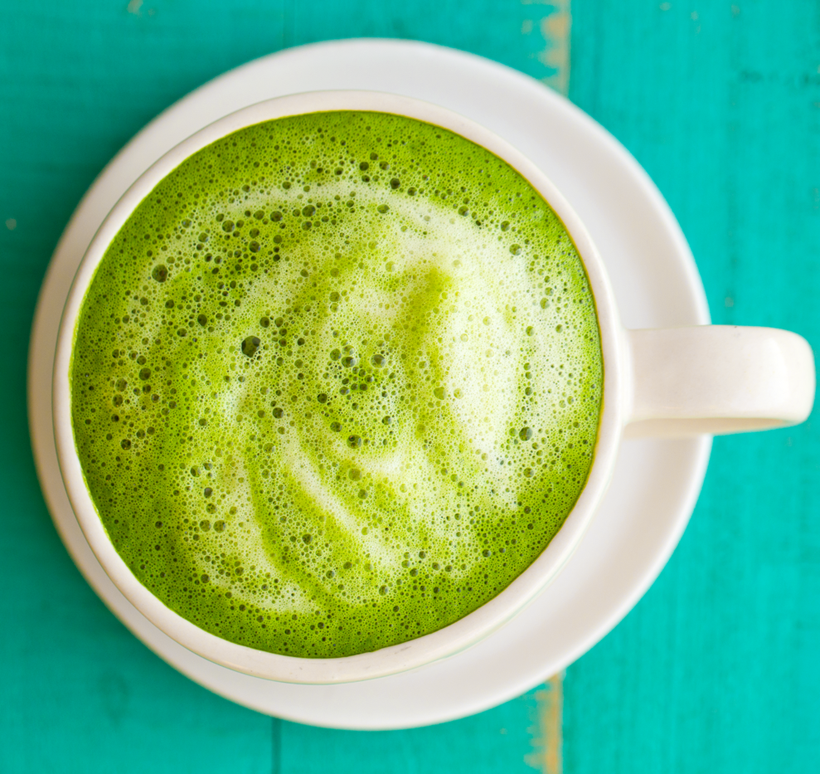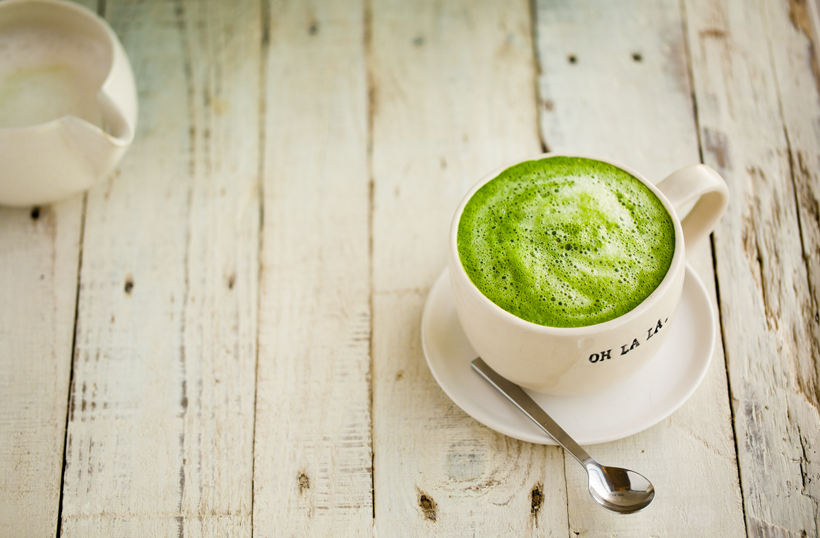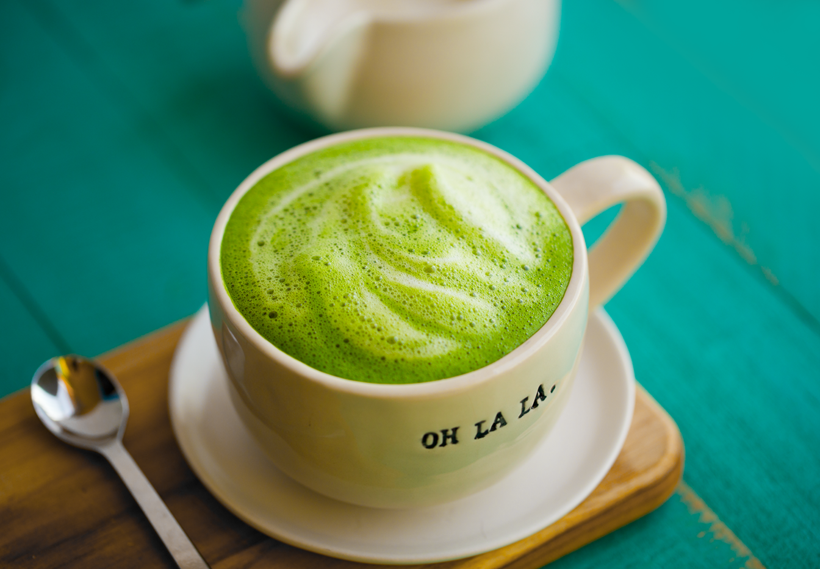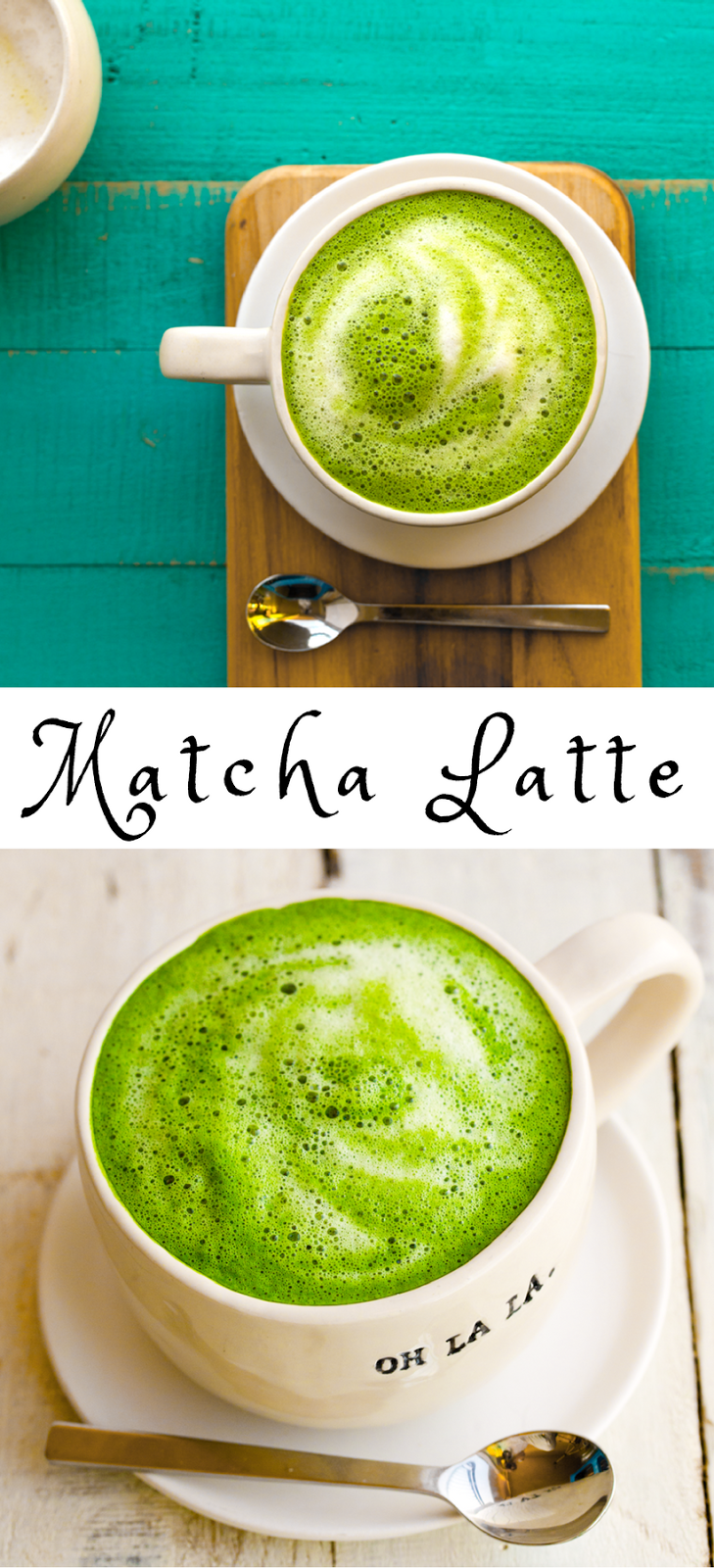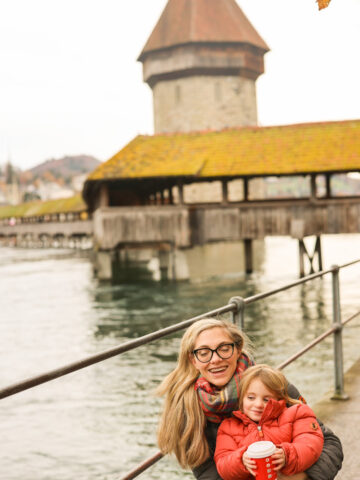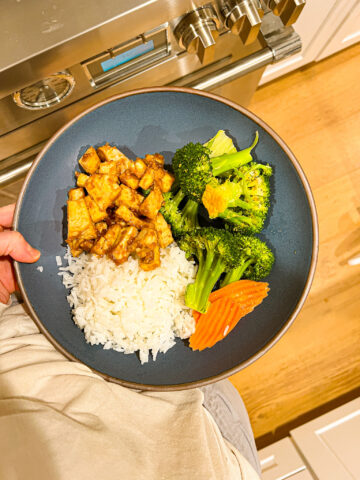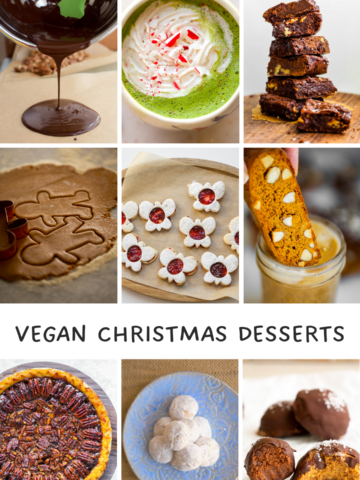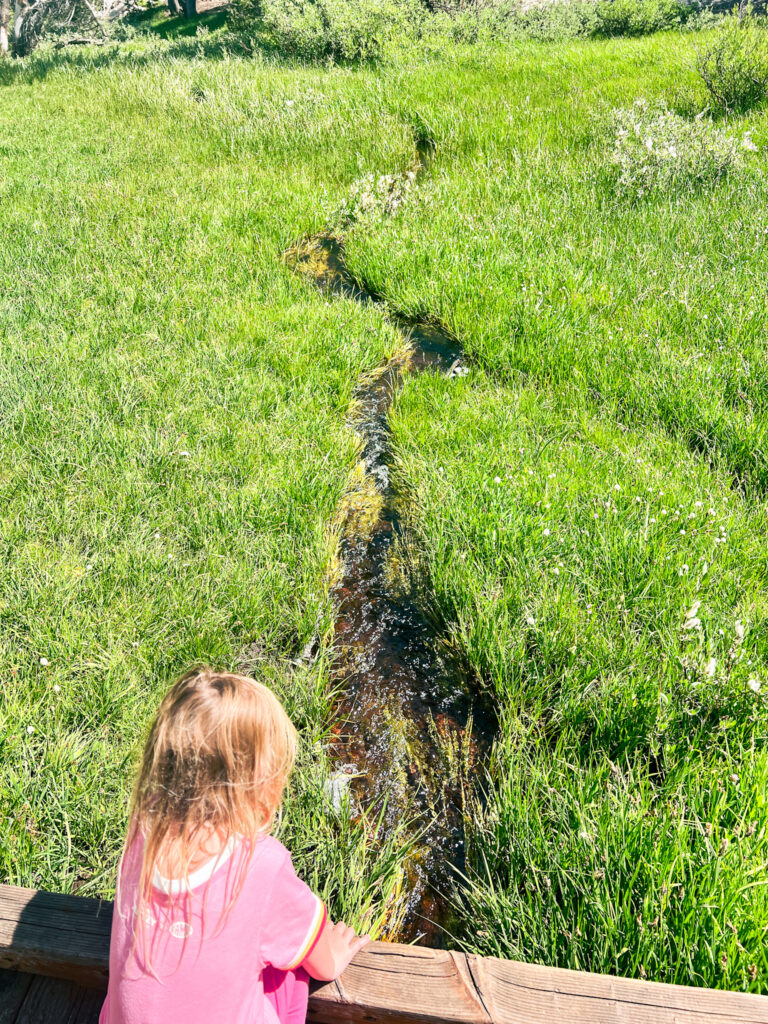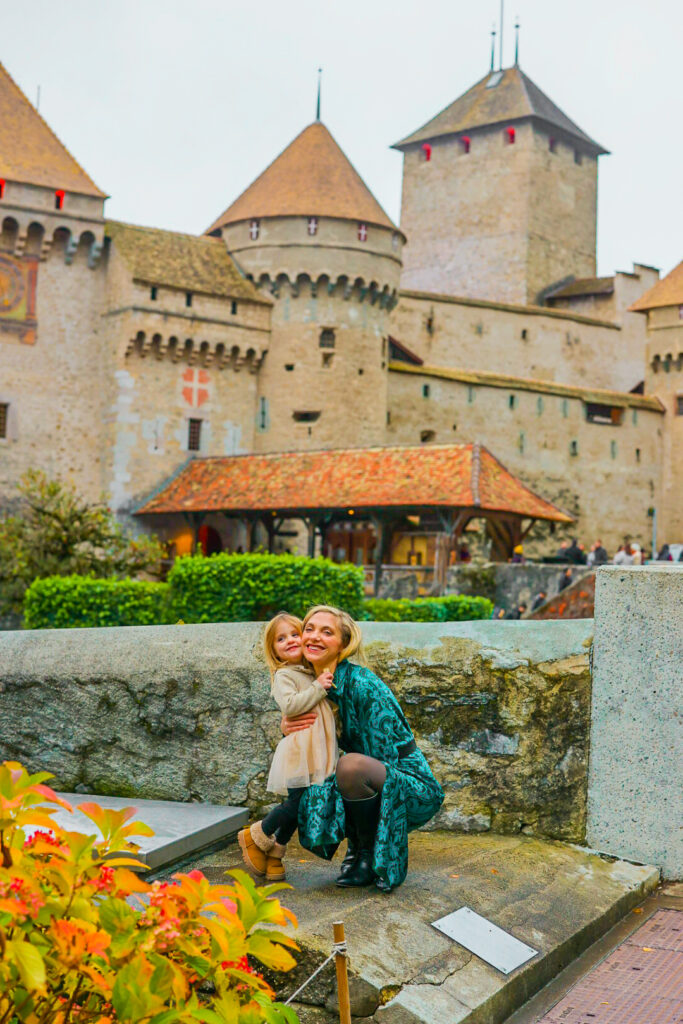updated post - 10/17
I am a big matcha green tea fan, as you may already know. So today, I am sharing my favorite Matcha Latte recipe, plus seven tips to help you prepare the best matcha latte. Skip the trip to Starbucks and show off your DIY latte skills.
Go-to Latte Recipe. I make this latte just about every day. I just lovvvvvvve it. I usually make it a few hours after I have woken up. I like to let me body wake up on its own as much as possible. Then let the matcha do some extra Zenergizing magic.
On Coffee. About eight years ago, living in NYC, I was a straight up coffee addict. But not even in an 'I enjoy this addiction!" sort of way. Over time, it was actually making me feel worse..
My coffee habit was fine for a while. I drank coffee a few days a week in college - back and forth from black tea. But then we moved to New York and coffee became a bit part of my day. My coffee break was fun! I would take a stroll, grab my latte and come home to work. At first I would order a latte a few days a week, when I needed a perk up. I would skip a day if I started to feel too dependent, or just yucky. But suddenly, when I was going through a busy time period, I was ordering 1-2 triple grande soy lattes from Starbucks every day. (There are so many Starbucks in NYC, it was easy to pop in a few times a day!) And I started to resent my beloved coffee breaks.
I personally think that caffeine is wonderful, but only when it is working for you and not against you. So, eventually I gave in and tried to ditch my coffee habit. I tried subbing in chai lattes for a bit, but those were too sweet most of the time and just didn't do it for me. Then I discovered matcha and I was happily hooked! This habit felt like a good fit for my body.
Coffee Can Be Great. Even though I choose matcha, I have nothing against coffee. It is wonderful, delicious and a worthy daily habit if you can drink it without 'over-doing it' like I was. But sometimes, it is nice to take a break and try something new too! Switch things up. I still love coffee and drink it occasionally, maybe a few times a year. And coffee-flavored vegan ice cream is one of my faves. But I am also really happy with my matcha habit these days. I just do not crave coffee anymore. It is surprising to me, believe me!
Is Matcha for Everyone? Yes for sure! But as a daily habit? Probably not. I have observed society in regards to this question a lot over my past few matcha-drinking years, and I just think everyone interacts with caffeine so differently. And in America and many other countries, coffee is so mainstream, it is the first beverage we reach for (out of habit and culture) - these days anyways. So with coffee, some people literally have no reason to ditch it! They simply thrive on coffee/espresso, and can find it just about anywhere, and that's fine.
Like my husband for example, he will probably not abandon his one small cappuccino a day habit anytime soon because it just makes him feel good, and his coffee habit is easy to maintain with the plethora of high quality coffee shops around - and that's totally cool. But the exciting thing for matcha drinkers like me is that more and more coffee shops are starting to offer matcha lattes.
How does caffeine effect you? Everyone interacts with foods, beverages and even things like herbs, alcohol and supplements so differently. And caffeine is a stimulant. It has a mood and energy changing effect on your body for sure. Some people like quad-shot Venti lattes and others can barely do a small one shot espresso drink without feeling overly stimulated. (My sister for instance cannot tolerate ANY caffeine at all, so maybe it runs in our family to be a bit more sensitive.)
So if you feel like you are curious about coffee alternatives, give today's recipe and 7 tips a try!...
Matcha Fun Fact #1 Matcha produced in Uji / Kyoto is recognized in Japan to be the best. Kyoto is also known as the birthplace of green tea in Japan.
Matcha Fun Fact #2 Matcha tea drinking is a 800-900 year-old tradition.
7 Tips for the Best Matcha Latte Ever!
1. High Quality Matcha.
The first step, and probably the most important step. I admit I have become a matcha snob. But in the world of matcha, that is actually a good thing. Quality varies greatly among brands and price ranges. And you will be left with either a bright spring green latte or a dingy, brownish-green latte, depending on what brand you buy. My matcha buying guide can help there.
And snobbery for matcha is a good thing. I know the difference between a high quality matcha and a low quality matcha. And when I make matcha at home, I have the knowledge to make it the best latte possible.
Here are some variable to consider when choosing a matcha:
- Flavor. High quality matcha tastes better. Sweet and grassy with a slightly nutty, very mildly earthy flavor. Lower quality matcha has a much muddier earthy flavor, and the grassiness is muddled, bitter and sometimes very unappealing.
- Color. High quality matcha is bright spring green in color. The color makes your matcha look prettier, taste better and most likely means that more of those precious green tea antioxidants, also known as catechins, are in tact and not oxidized or destroyed. For example, a bright red, perfectly ripe strawberry contains more antioxidants than a greenish, unripe one. Color pigments matter, not just for looks.
- Origin. High quality matcha means that origin is accounted for. I only drink matcha from Japan. (Even though matcha savvy folks will remind you that the matcha tradition was actually born in China.)
- Organic. I also only drink organic matcha, when possible. I am a fan of organic farming both for quality sake and also environmental factors.
Experience + taste-testing = knowledge, aka matcha snobbery, eventually!
I have tried A LOT of matcha brands. I think it is good for every matcha fan to try a few brands, both high and low in quality, so that they can truly taste the differences.
Check out my Matcha Green Tea Guide and Brand Review.
Browse some of my fave matcha brands in my online shop.
Matcha Brands. Here are a few you can buy right on Amazon:
- Teavana
- Encha
- Taste of Kyoto
2. Non-Dairy Milk.
I only make matcha lattes that are non-dairy. Not only because I am vegan and enjoy drinking "milk" that is lactose-free and cruelty-free, but also because there has been some research done that says matcha and dairy milk just do not mix well. Dairy milk may actually interfere with absorption of green tea antioxidants..
"German researchers found that casein found in dairy milk binds to the delicate catechins in green tea, inhibiting the absorption. This means that you may want to skip the dairy milk in your matcha recipes and instead use soy, almond or rice milks, which are casein free." - More info at Dr Weil’s website
Choose a non-dairy milk that tastes good to you. I enjoy homemade almond and organic/non-GMO soy milk best. Soy milk allows for more foam, most of the time, which I do admit I adore.
Check out my BIG Guide to non-dairy milks! Plus watch my video featuring my favorite three brands for making a matcha latte.
.embed-container { position: relative; padding-bottom: 56.25%; height: 0; overflow: hidden; max-width: 100%; } .embed-container iframe, .embed-container object, .embed-container embed { position: absolute; top: 0; left: 0; width: 100%; height: 100%; }
3. Sweeten Naturally.
Adding sweetener to taste is important. Sometimes I add zero sweetener because I want to really enjoy the complex flavors of the matcha. And btw, I still say that sweet matcha lattes with lots of foam taste like marshmallows. No, seriously. Especially if you use a vanilla non-dairy milk.
Watch my video on sweetener options for matcha lattes:
.embed-container { position: relative; padding-bottom: 56.25%; height: 0; overflow: hidden; max-width: 100%; } .embed-container iframe, .embed-container object, .embed-container embed { position: absolute; top: 0; left: 0; width: 100%; height: 100%; }
Some vegan sweetener options:
- maple syrup
- agave syrup
- organic raw or organic coconut sugar
- medjool dates or date sugar
- monkfruit
4. Have the Right Tools
There are three tools I recommend for mixing up your matcha into your hot water. I personally usually just use my Vitamix. But the other two options are a traditional bamboo whisk and a wide matcha bowl or an electric handheld frother.
Key Point! It is so important to make sure there are no matcha powder clumps in your latte. This is done by vigorously blending or whisking the powder into the just-under-boiling water first. Matcha dissolves better in hot water than in hot milk, from my experience. Being a pro at using a bamboo whisk will help you dissolve clumps, otherwise, try my blender trick.
Watch my video, where I talk about matcha tools:
.embed-container { position: relative; padding-bottom: 56.25%; height: 0; overflow: hidden; max-width: 100%; } .embed-container iframe, .embed-container object, .embed-container embed { position: absolute; top: 0; left: 0; width: 100%; height: 100%; }
5. Temperature
There is nothing worse than lukewarm coffee. Well, for me, the same goes for matcha. Even though I know many people like chilled latte or even just lukewarm. I personally love a HOT latte. Extra hot please.
My trick: I blend my matcha powder with very hot water, until the matcha dissolves and the dark green water is clump free. Then I blend in my heated milk. Then I drink right away. Once in a while I will have to re-warm my matcha in the microwave, but I really hate doing that because I don't know if it destroys all the antioxidants. But clearly, I need my latte hot!
If you are ok with a warm latte or even 'iced' then go with that! Whatever you love, matcha can accommodate those preferences.
6. Accent Flavors
I love adding flavor accents to my matcha. I basically need some peppermint added when I make my matcha at home. I have also tried real vanilla bean and that is delicious! A few drops of vanilla extract works too.
I tried a pumpkin spice matcha and kinda hated it. But I had to try! And I don't like plain cinnamon either. But try a few things and see how they evolve. Also, using maple syrup as the sweetener will add an accent maple flavor too.
7. Serving Vessel.
Everyone needs a sparkly, happy, soulful matcha bowl, mug or cup. Seriously. Matcha lattes served in beautiful, favorite mugs tastes so much better! I like an extra large, wide-rimmed mug so I can see as much of the beautiful green matcha as possible. A matcha bowl is also a great choice.
Now that you have all the basics, here is my go-to recipe for you to try!...
Learn more about matcha + chat with me.. Follow Along my Kathy's Matcha Chat Video Series. Start with episode #1 here!
I wanted to mention Coffee Alternatives in general... Here are 8 warming recipes you could try that are not coffee-based. From turmeric lattes to cocoa to matcha and even a red tea latte.
updated: 10/2017 - orig post: 6/5/15
For my complete matcha reviews check my matcha guide.
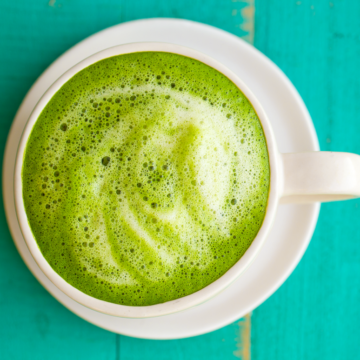
Mint Matcha Latte
Ingredients
- 1 ¼ cups non-dairy milk
- ½ cup water
- 2 teaspoon matcha green tea, organic - high quality brand
- 1 capful peppermint extract (about an ⅛ tsp)
- Sweeten to taste with preferred sweetener
Instructions
- Bring water to a slow boil in a small sauce pot or tea kettle. Add water to blender. Turn blender on low and add in the matcha and peppermint while blender is blending.
- Warm non-dairy milk. You can use a small sauce pot or the microwave. I just prefer to not put the matcha in the microwave when possible.
- Pour the warmed non-dairy milk into the blender. Add sweetener to taste - I usually do 1-2 teaspoon agave syrup. Blend for a few minutes for whip air into the latte and help form a delicate foam.


